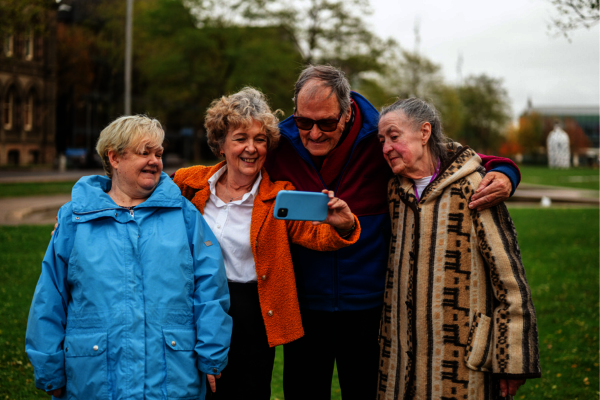In their 2017 ‘Health and wellbeing in rural areas’ report, Local Government Association and Public Health England said that “District, town and parish councils are key players” in developing community centred approaches to rural ageing issues, but unfortunately the speakers in Manchester did not address this.
It’s disconcerting too that the recent ‘Marmot Review 10 Years On’ makes scarcely any reference to rurality, and none in the context of its frequent references to social isolation. Yet that social isolation is a real risk for older people ageing-in-place, perhaps alone after a bereavement, often unable to drive and without adequate public transport, or other local services, as documented in Rural Housing for an Ageing Population: Preserving Independence and graphically reinforced in Government Office for Science’s Future of An Ageing Population.
At the Centre for Ageing Better event, speakers referenced housing, transport and isolation as key themes. This was welcome reinforcement of the 3Bs “Buses, Bungalows & Buddies” slogan I use in presentations to parish councils, aimed at encouraging age-friendly awareness and action.
Realistically, I don’t expect any of our village’s local government layers to provide the coordinated leadership needed. Building age-friendliness in most places will probably depend on individuals spotting what ticks the boxes politicians and organisations need ticking and being ready to nudge their actions in the direction of locally identified age-friendly benefits. Organisations like the Centre for Ageing Better can help communities to do this by creating off-the-shelf templates, checklists and support documents to support grassroots action aimed at the 3B priorities: mobility, housing and social networks.
If you’re interested in learning more about John's work on age-friendly communities, you can contact John via the Beyond 60 website.

